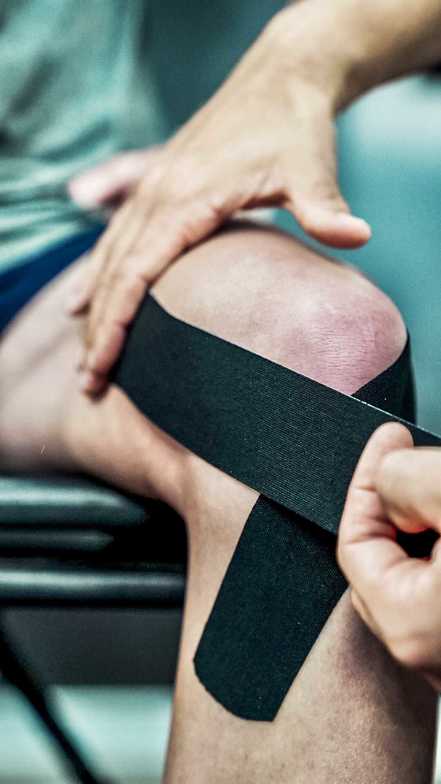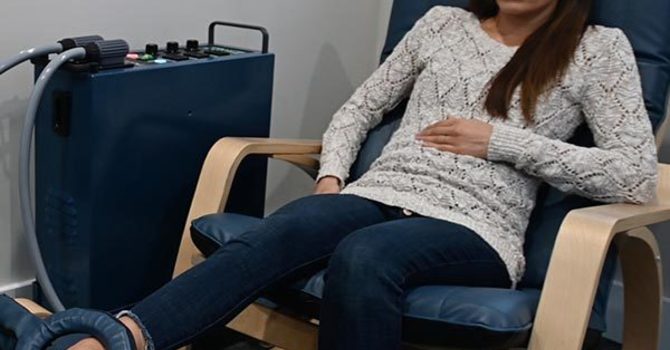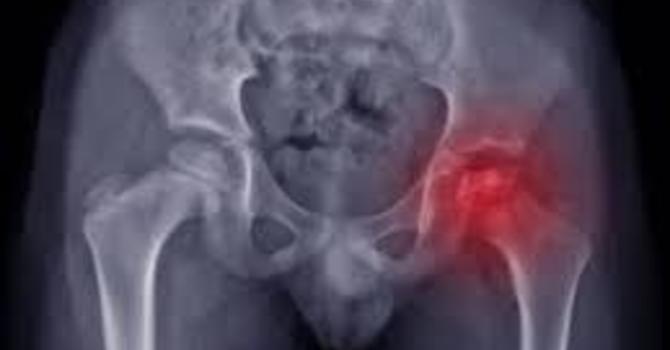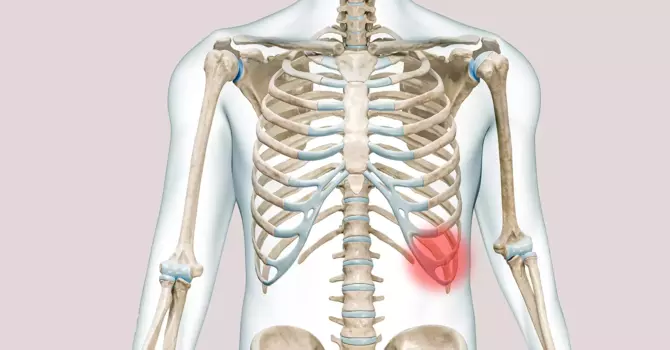
There are four major ligaments that stabilize the knee joint that include the anterior cruciate ligament (ACL), posterior cruciate ligament (PCL), medial collateral ligament (MCL), and lateral collateral ligament (LCL). The MCL ligament provides resistance against lateral-to-medial (valgus) stressors and the LCL provides similar resistance to medial-to-lateral movements (varus). The MCL is more commonly injured due to sudden or intense force from lateral to medial while the foot is planted, which is why this is more commonly seen in physical sports like football, ice hockey, and wrestling. The majority of LCL sprains occur at the fibular head along the outside of the knee commonly due to non-contact forces when in full knee extension and/or excessive varus movement.
There are different classifications for ligament injuries that include Grade I, II, or III which would be ruptured ligament. If there is a significant enough injury, there can be multiple ligaments involved such as the ACL, MCL, and medial meniscus injured together. A thorough examination and imaging can rule in or out some of these findings and then you can feel more confident about knowing your options going forward.
Symptoms commonly include:
-Painful or decreased range of motion
-Local pain or swelling to the affected ligament
-Increase in pain with activity
-Feeling of weakness or instability
If there is a Grade I or II MCL or LCL injury, this is commonly treated conservatively and non-surgically. The clinician can decide if a knee brace is necessary to externally support the knee and decrease pain symptoms. Using modalities like the Winback TECAR unit, laser therapy, shockwave therapy, or blood flow restriction therapy can decrease pain and speed up the healing time. We utilize BFR to help maintain muscle mass and introduce light load to the affected area during the early stages of rehab.
One of the biggest keys early on is to regain a pain-free range of motion and introduce light loads. Strengthening exercises included focusing on the strength and endurance of the quadriceps, hamstrings, calves, and hip musculature are most commonly introduced in the early to mid stages of an MCL or LCL rehab program. The last but crucial step would be to incorporate functional and sport-specific movements into one’s rehab program to ensure one can perform the activity safely and without pain.
The time frame usually correlates with the degree of injury so Grade I could take 2-4 weeks, Grade 2 could take 4-8 weeks with treatment and rehab, and Grade III is about 12-16 weeks due to recovering from surgery.
If you have questions about Knee Sprains and how you can manage them to have a better quality of life and continue to play sports, contact us at 727-228-3030 or schedule an appointment at strengthchiro.com
Dr. Caleb Hebert
.jpg)
.jpg)



